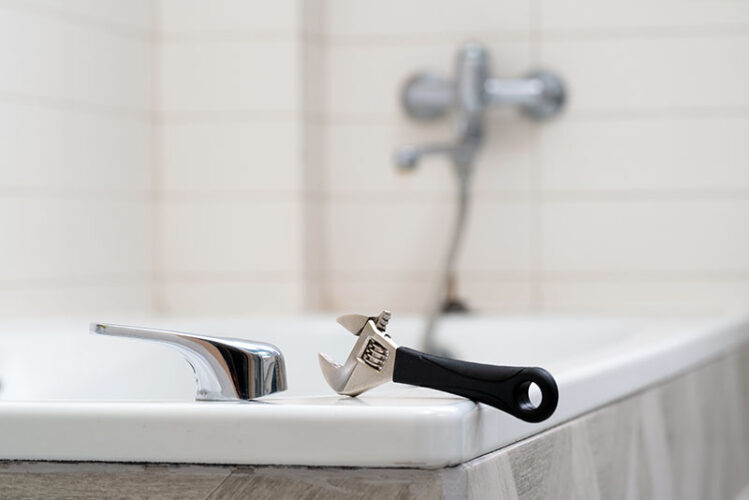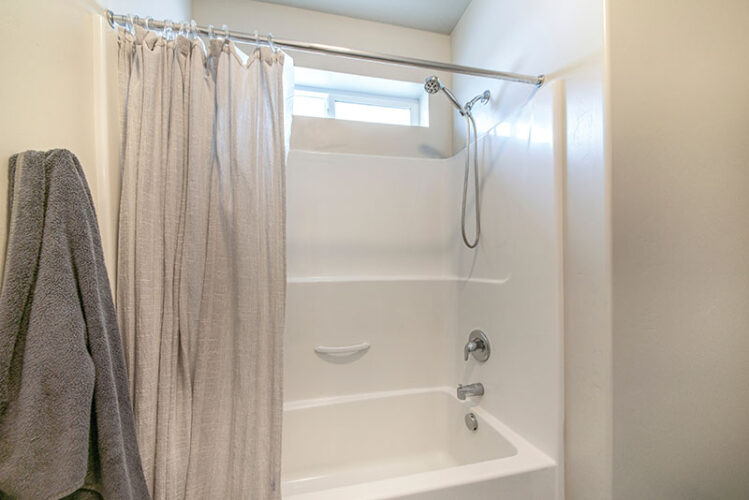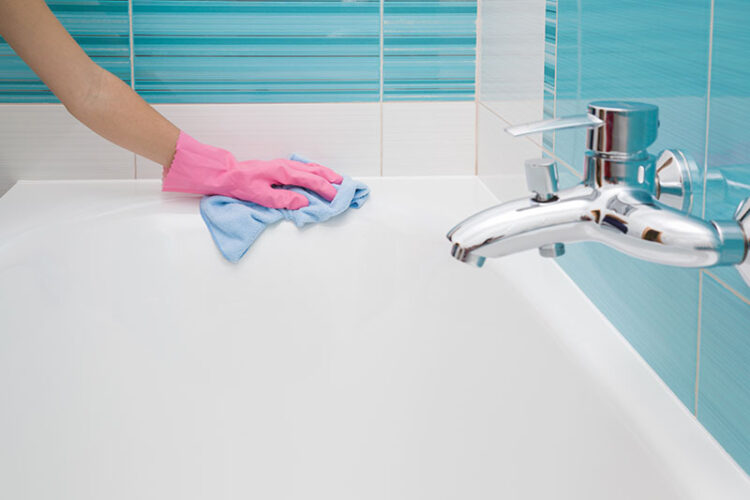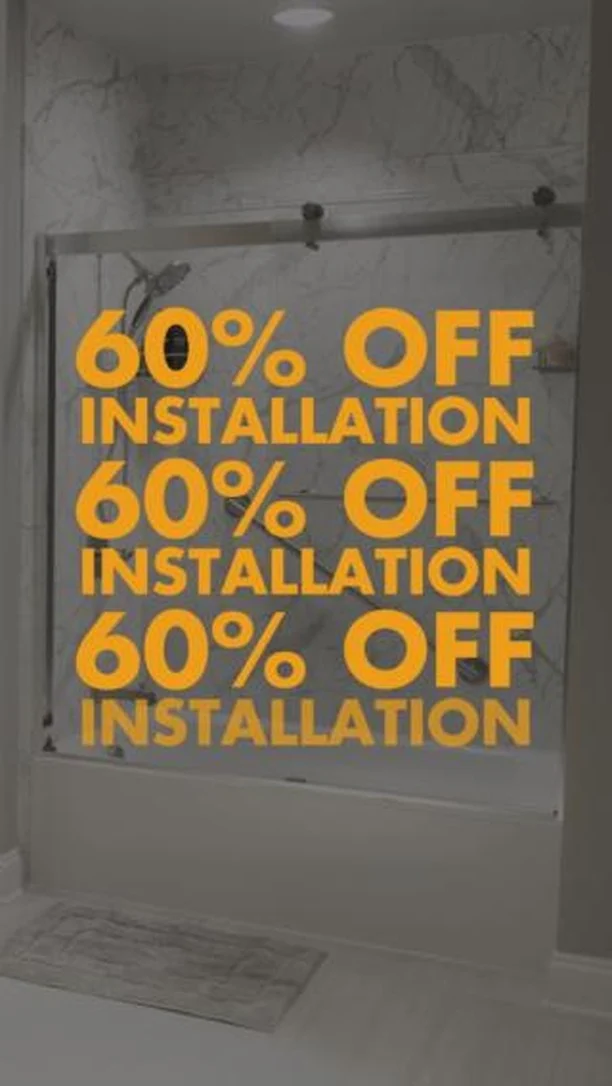Bathtub Replacement vs. Bathtub Liners

Bathtubs have been defining human comfort since the 1800s, and while materials have improved, we still face many of the challenges we did centuries ago. Tubs are exposed to moisture and humidity every day, so mildew and mold are virtually synonymous with them. Scratches, chemical burns, and old age turn that gleaming white surface into a bathroom embarrassment. Bathtub liners can renew your surface at a comparatively low upfront price. It’s a tempting option, but is it too good to be true? Let’s find out.
The benefits
Bathtub liners are acrylic inserts that are installed over your existing tub. They don’t require you to replace your walls or floors, so they’re light on remodeling costs. They’re a viable option for wall-fitted tubs that are made from cast iron or steel. They can’t be fitted to fiberglass or acrylic infrastructure. Bathtub liners are the plastic surgery of the bathroom world. They might make your tub look younger, but they can’t undo the damage that lies beneath the surface.
Get a Free Estimate Today
60% off installation. Special financing available. See details.
The trouble with surface cures:
Dry rot
When you leave mildew, mold, and rot to languish unseen, you send out an open invitation for a home-wide infestation. Mold spores will continue to enter the air, setting up colonies on any surface that will have them. Rot is equally prone to spreading, even if you keep your other bathroom surfaces dry.
It generates its own moisture by digesting wood, so even the most fastidious cleaning routine can do little to stop it. The only surefire way to remove it is with pre-treated timber replacement. A half-hearted cover-up can ultimately destroy the structural integrity of your entire building, but mold’s effects can be even worse.
Mold
Mold is the home’s silent killer. When it’s not irritating your skin and worsening your asthma, it’s causing sneezes. Black mold inhalation poses a dire risk to pets and children, but it’s a tough infestation to cure. Invisible spores travel through the air, infecting your water, clothing, and other household surfaces.
A thorough mold remediation process is needed, and that means isolating your infected space and replacing any surfaces that can’t be properly cleaned. Bleach and water can remove the most obvious signs of infestation, but mold has performed a coup d’état on your grout and pipes, mere scrubbing and covering are insufficient.
Bathtub liners might cover the ugliness, but they create room for moisture to proliferate, creating the perfect ecosystem for mildew and fungi.
Longevity
Liners are offered in PVC, acrylic, and solid surface polymers. They simply can’t compete with top-notch cast iron or porcelain enamel.
- Acrylic liners are prone to scratching, yellowing, and hard water stains. They’re porous, so your gleaming new surface will pick up the dyes in your soap and shampoo. If you live in a soft water region, your acrylic tub will last you a few years.
- PVC liners are highly flexible, so they’re susceptible to cracks. They’re affordable if you can track down a liner that fits your tub correctly, but if you need a custom-made liner, your prices will skyrocket. It’s by no means an economical alternative to a full replacement.
- Solid surface polymers can be dyed to any shade. They mimic the look of porcelain relatively well and can even replicate marble and granite. There is a catch, though. They’re expensive. A tub liner will also add to the breadth and height of your tub, which could render your drains useless.
Assessing the costs
Homeowners pay an average of $2, 500 on tub lining and installation, but prices often soar to a high of $6, 000. To put that into perspective, a refinish costs between $300 and $560. A cast iron tub will give you up to seven decades of service life. A porcelain product offers a lifespan of two or more decades. A liner will only give you three to five years.
Since liners are permanently glued to your existing surface, they can’t be removed. Once your surface has passed its sell-by date, you’ll need to replace your entire tub. In other words you’re spending thousands of dollars on a few years of usage. That’s an expensive prospect—far more expensive than a spanking-new tub. Let’s break down the numbers:
- A new porcelain tub costs $400 to $2, 000. With a 20-year lifespan, that’s $100 per year of service at most.
- An acrylic tub liner costs $700 to $850. With a three-year lifespan, that’s $283 per year of service at most.
Don’t be tempted by the upfront costs of a bathtub liner. It might be cheaper in initial outlay, but it’s far more expensive over the long term. It could even cost you your health in the form of mold and rot. Half a solution is no solution at all, especially if it’s giving rot and mold the opportunity to spread.
Need help with a bathtub or shower replacement? Contact 1-800-HANSONS for a free estimate.
Related Articles:
Signs it’s Time to Replace Your Shower
Signs it’s Time to Replace Your Bathtub
















